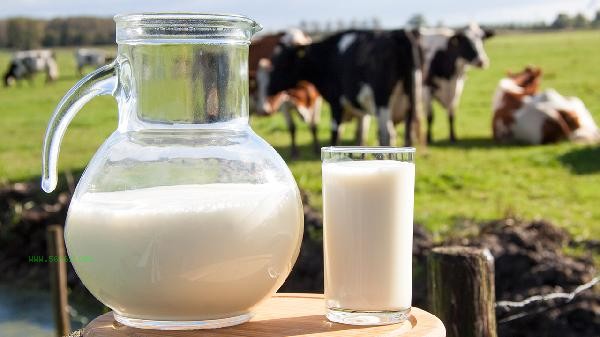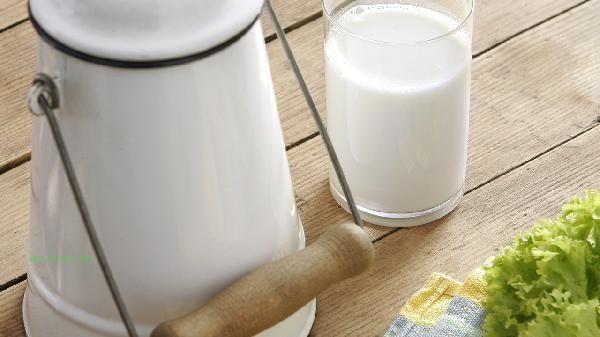Pure milk can enhance its taste through heating, seasoning, and pairing. Pure milk itself is rich in nutrients, but through appropriate processing, it can improve its flavor and meet the needs of different groups of people.

1. Heating for drinking
Heating pure milk over water to around 60 degrees Celsius can reduce the fishy smell and promote the release of milk fat aroma. Pasteurized milk can be directly heated, and the heating time for ultra-high temperature sterilized milk should not be too long. Warm milk helps with protein digestion and absorption, and drinking it before bedtime can also aid in sleep. When heating, avoid boiling and damaging nutrients. You can add a little ginger juice or cinnamon powder to remove fishy smell and enhance fragrance.
2. Seasoning Improvement
Adding a small amount of honey can neutralize the astringency of milk, and the fructose and lactose in honey produce a synergistic sweetness. Natural seasonings such as matcha powder and cocoa powder can be used to make flavored milk. It is recommended to add 3-5 grams of seasoning powder per 200 milliliters of milk. The patients with diabetes can be replaced by sugar substitutes, and those with lactose intolerance can choose zero lactose milk as the basis. When seasoning, it is necessary to control the intake of sugar to avoid affecting the calcium absorption rate of milk.
3. Grain pairing
Mix milk with oatmeal and let it stand for 5 minutes to fully dissolve oat β - glucan and increase viscosity. Instant cereal chips can maintain a crispy texture, while whole grain cereal requires soaking in warm milk beforehand. When paired with mixed grain bread, it is recommended to choose whole wheat bread that is fortified with calcium, which forms a nutritional complement with vitamin D in milk. Grain pairing can prolong satiety and is suitable for breakfast consumption.

4. Making milkshakes
Mix refrigerated milk with fruits such as bananas and strawberries using a blender. The fruit acids in the fruits can balance the heaviness of the milk. Adding chia seeds or flaxseed can increase dietary fiber content, and using frozen fruits can enhance the refreshing taste. When making milkshakes, the amount of fruit should be controlled. It is advisable to mix 200ml of milk with 100g of fruit to avoid excessive fructose. People with milk protein allergies can use coconut milk or almond milk as a substitute.
5. Coffee Preparation
When steaming milk to make latte, controlling the milk froth temperature at 65 degrees Celsius can preserve whey protein activity. Mixing cold brewed coffee with iced milk can reduce tannic acid irritation, with a ratio of 1:3 being optimal. It is recommended to choose whole milk with a fat content of 3.5%, as its milk fat can neutralize the bitterness of coffee. Caffeine sensitive individuals can switch to herbal drinks such as chamomile tea in the evening.

Attention should be paid to individual differences when drinking pure milk, and lactose intolerant individuals can choose fermented dairy products as a substitute. Daily storage should be placed in a 4-degree refrigerated environment, and it is recommended to consume within 24 hours after opening. Eating fruits and vegetables rich in vitamin C can promote iron absorption, but drinking them together with strong tea may affect calcium utilization. According to the dietary guidelines for Chinese residents, the recommended daily intake of liquid milk for adults is 300-500 milliliters, which can be consumed twice in the morning and evening. Special populations such as pregnant women and adolescents can increase their intake appropriately, but they need to follow a balanced diet.








Comments (0)
Leave a Comment
No comments yet
Be the first to share your thoughts!